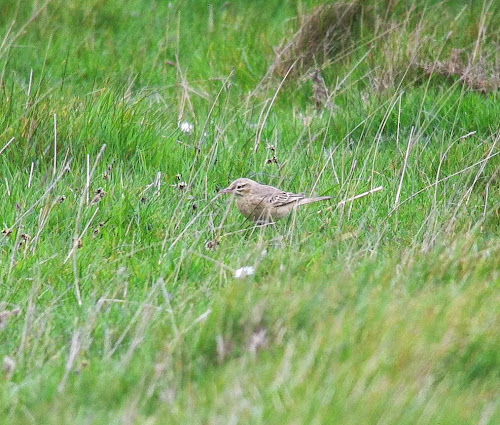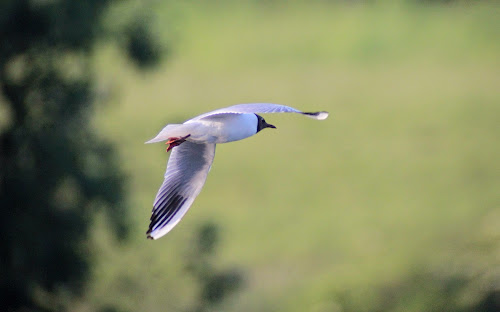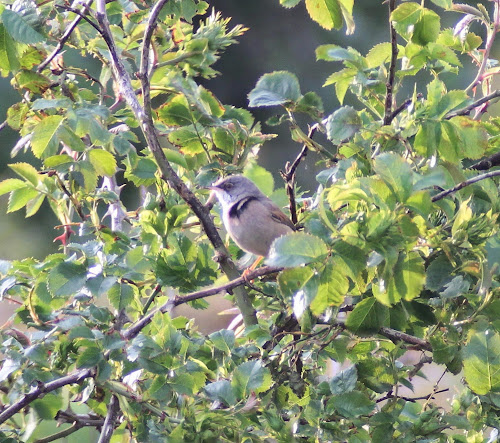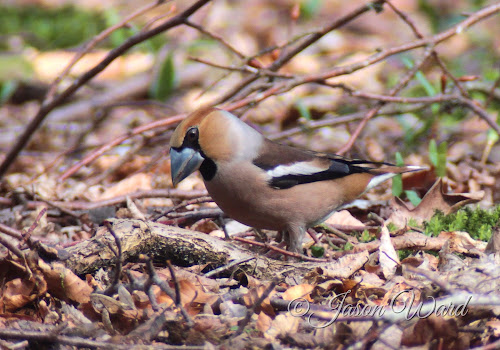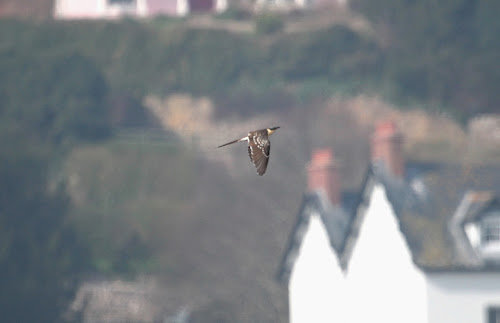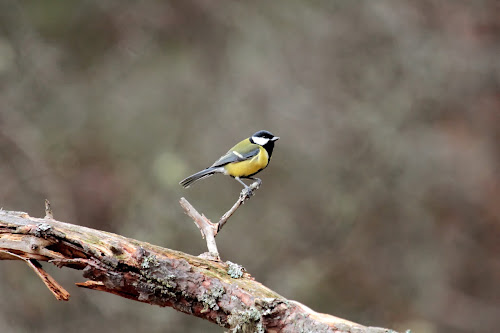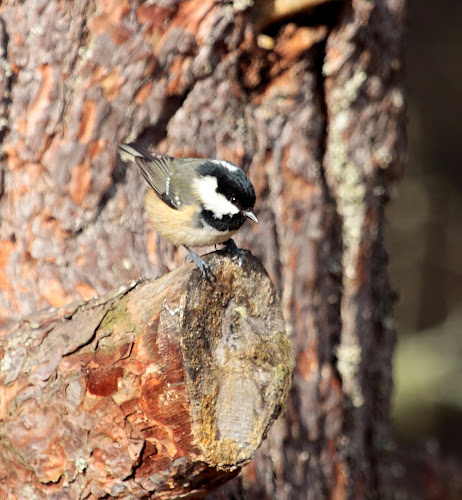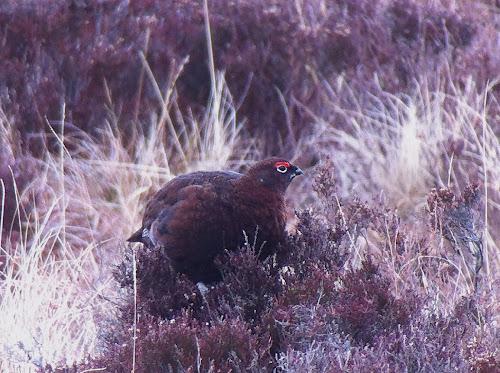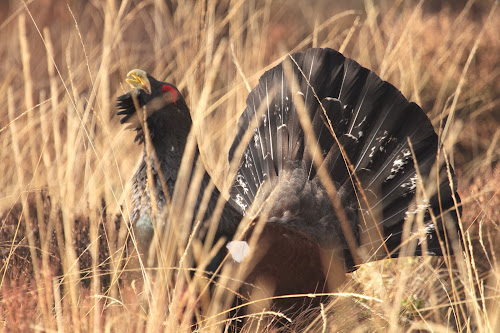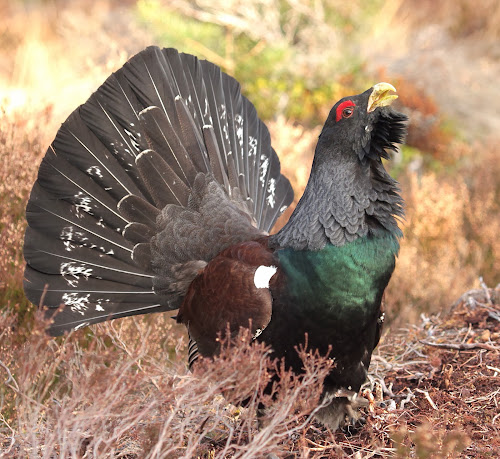Soon after my last post re the Hawfinches and Biakal Teal adventure, you may have heard, I was a victim of theft.
The day of the Craig Martin at Flamborough Head, Sat 12 April. I awoke early for the journey up to Yorkshire and was planing on staying up there overnight should the need be. First thing was to put my gear into the vehicle, whilst doing this I noticed that my new Swarovski ATX 95 and my Canon 100-400 L series lens were missing. They had been taken during the Friday and I hadn't even noticed. I was choked, distressed and was beginning to believe that I had left the the vehicles back doors open. Once the police had finally arrived they did confirm that the vehicle was broken into and showed me a small hole just below the lock between the lock and the vehicles body. Relief that I had not left the doors open but still choked abouthas the loss.
The equipment taken had a value of £4,600.00 and I had foolishly refused to pay the extra £140.00 per year for the privilege of insurance. People were great, really helping by Re-Tweeting my tweet about the loss and sharing my Facebook status. I was hoping that posting about what had happened may have helped in the recovery of the equipment, but that in hindsight was very unlikely to happen. 100's of you did share my tweet and I'm very grateful. A friend Paul Hackett was over to my house within 2 hrs with a scope for me to borrow, a really lovely gesture. Martin Garner another friend and well known bird expert had shared my tweet so it was being seen by many people. Dominic Mitchel shared my tweet and also messaged me the same day saying how sorry he was and he gave me some good advice and contacts to research re insurance.
Needless to say I never made the Crag Martin that day despite Mike Ilet ringing me and offering me a lift up on the Saturday night. I was just not in the mood and I thought I would not be the best company for Mike on the 4hr drive up to Flamborough. Again is hindsight, I wished I had gone. I deceided to go up after the first sighting on the Sunday but the first sighting was the only sighting that day. I had dipped the bird but did see a Tawny Pipit which was very nice. I managed to slide my iPhone over a colleagues scope and get these images.
(Tawny Pipit)
